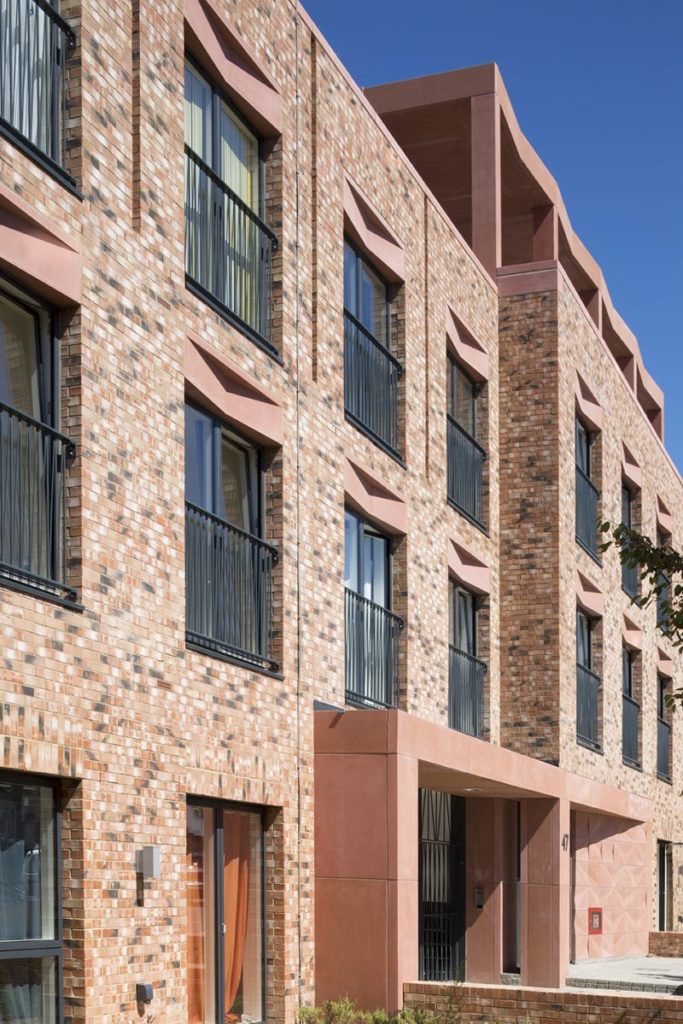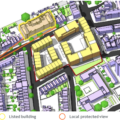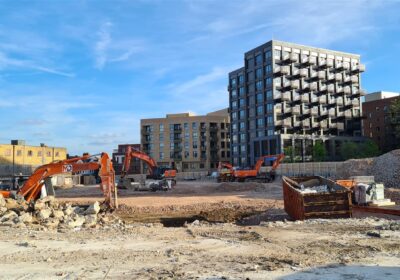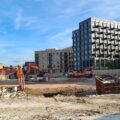A wave of elation rippled through the housing sector last week following Michael Gove’s proclamation the sector was about to be turbocharged. For anyone interested, a turbocharger is a forced induction device that compresses the intake air to push the internal combustion engine to produce more power. The air in this case is our Secretary of State’s purposeful rhetoric and the engine is the NPPF. Following years of rustication, a surge of power coursed through the veins of the industry only to dissipate within a spluttering ten minutes once we’d all read what was being offered.
We knew of course something big was coming. The weekend before Govey had been publicly worrying about the young being turned off democracy (code for not voting Tory) because no one is building anything. Apparently, he’d told the Chancellor to be radical and he had loads of ideas. Something was cooking on Govey’s camping stove.
When the announcement came it was a little less exciting than the spin had suggested. Unsurprising, the disconnect between what politicians say, how the majority of the media convey what has been said and what it actually means for housing development is significant. This is because no one elected understands planning anymore. Practitioners barely do either! That leads to a tendency within the media to swallow much of the spin uncritically.
The latest set of changes include a stronger presumption in favour of development of brownfield land. This is actually a neat solution stemming from Chris Katkowski’s review of the London Plan. The review team were surprised by the wide range of issues identified by consultees and rather than a root and branch set of changes, expanding this to a national definition is the best Government can do with the little time left.
You have to look at this change in two parts to assess its significance. It might be helpful for schemes which are stuck in the planning process struggling to get consents. These are projects where some investment is committed and the decision has been taken to plough on. Whether this will mean more consents built, or just more consents, remains to be seen. I suspect the latter.
When it comes to new land supply entering the planning process. The picture is different. The scale of adverse regulatory and economic changes that have taken place vastly outweigh this small positive step. New brownfield development for housing schemes, particularly denser typologies are no longer viable once you have factored in the multitude of planning asks.
Tweaking planning will not fix a broken system. A much wider reboot is needed and the trade offs politicians will have to accept to see a scaleable and deliverable housing supply may not be ones a four year electoral cycle are willing to accept.










